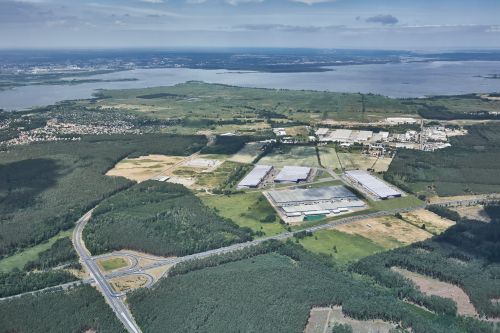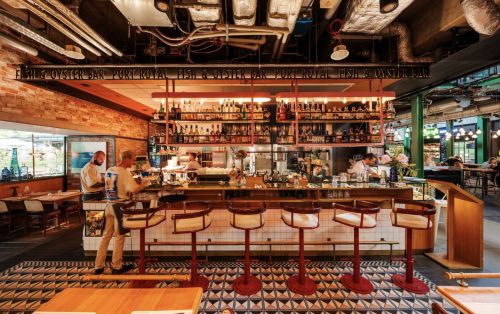Building quality office space is not normally among the highest priorities of warehouse developers. Things, however, are changing as developers are starting to open separate office buildings in their parks. But does this make economic sense?
Mladen Petrov, Zuzanna Wiak
In December 2010, Goodman Group won the tender for the development of the Pomorskie Centrum Logistyczne logistics park. The project, a planned EUR 300 mln investment with an eventual area of 500,000 sqm, will be developed in cooperation with the Gdańsk Economic Development Agency, which is the owner of the area located in the vicinity of the biggest terminal harbour in Poland. Most (60 pct) of the project, which is to be developed within the next 10-15 years, will consist of warehouse buildings. The rest of the area will be occupied by industrial areas, car parks and a class 'A' office building, which the developer planned to build in the second stage of the five-stage project. The building is to have five floors and






























































